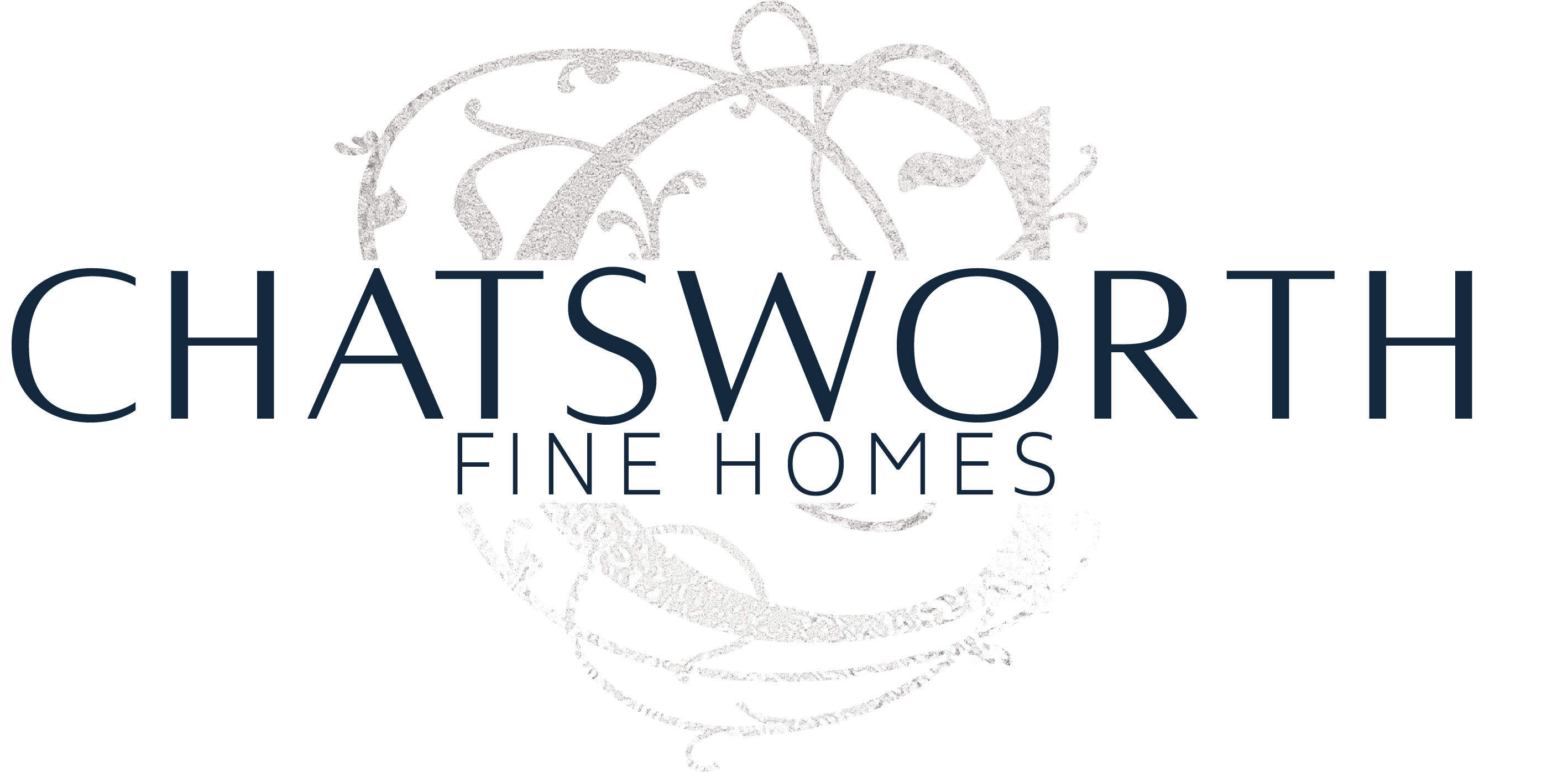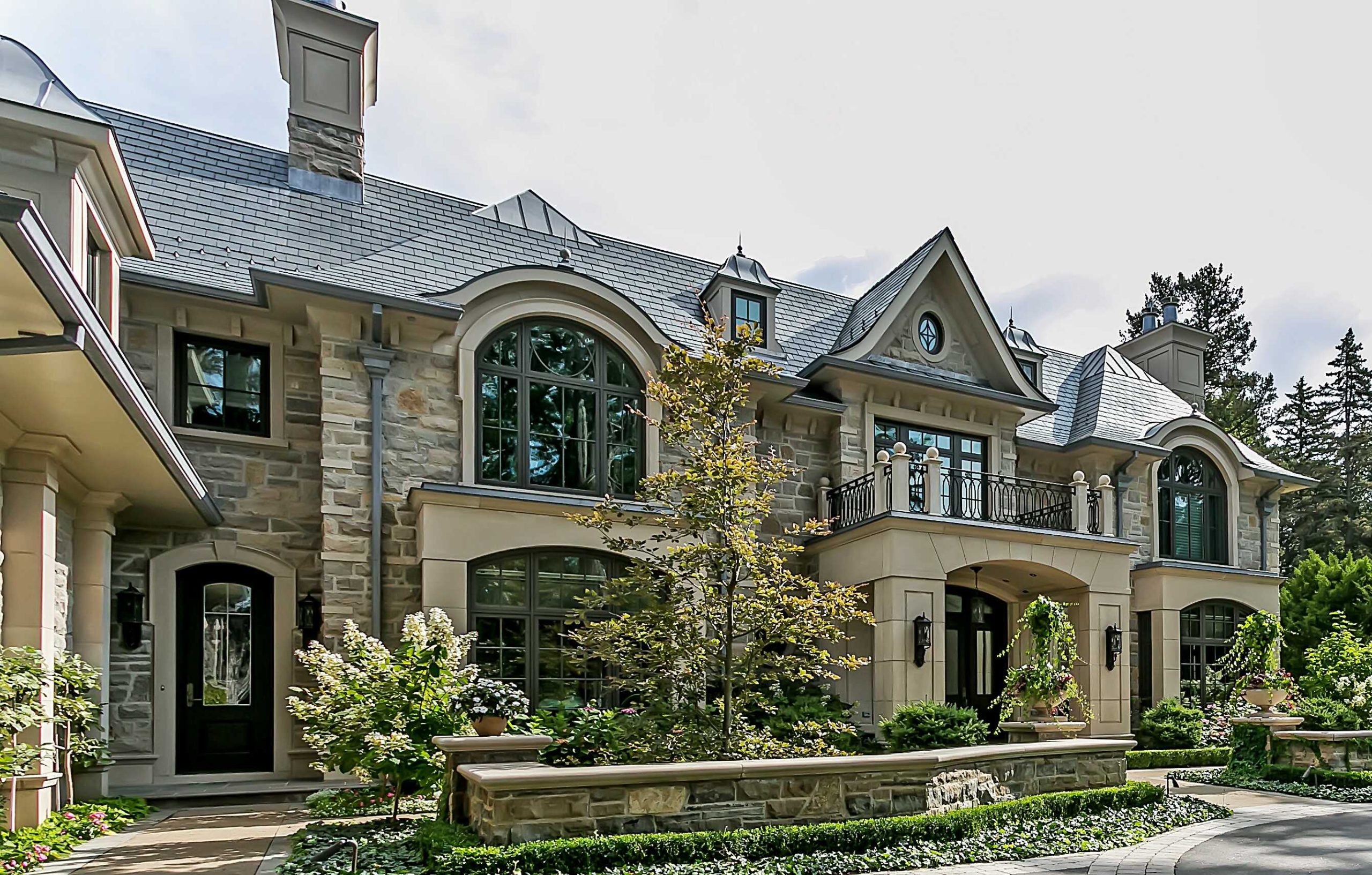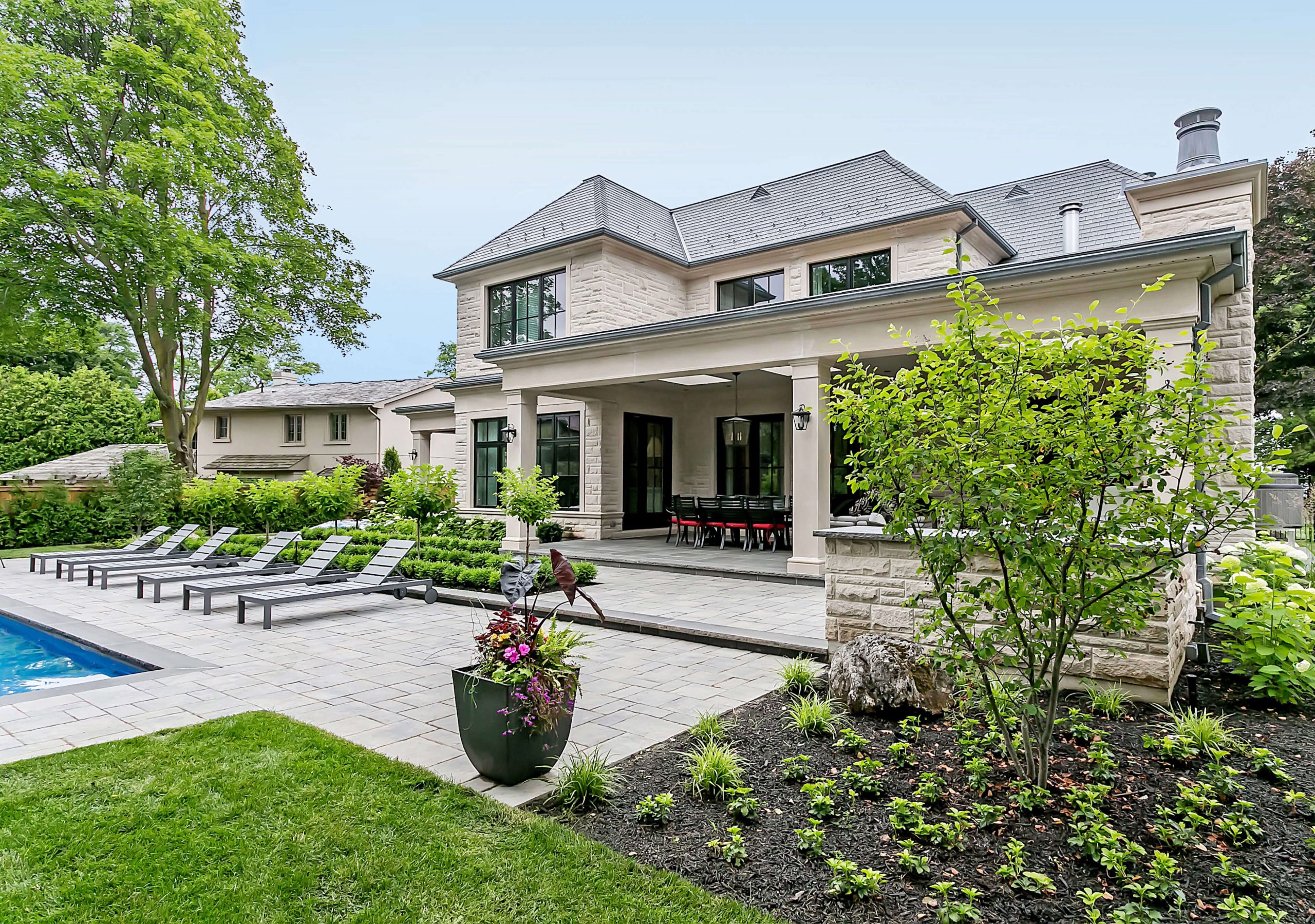The trend towards sustainability and environmental responsibility has become increasingly prominent in the construction of custom luxury homes. Homebuilders and prospective homeowners alike are recognizing the need for eco-friendly practices and materials that contribute to a greener future while also providing additional benefits such as energy efficiency, durability, and long-term savings. In this blog post, we will explore innovative strategies and advantages related to building sustainable custom luxury homes in Oakville, Mississauga, and Hamilton.
The process of integrating sustainability into luxury custom home design and construction involves a conscientious approach, prioritizing the use of environmentally friendly materials and practices while maintaining exceptional quality and aesthetic appeal. Working in collaboration with experienced builders and architects, homeowners can create luxurious living spaces that reflect their values and contribute positively to the environment. Key aspects of sustainable custom home building include energy-efficient design, resource-conscious materials, responsible landscaping, and indoor air quality management.
In this blog, we will delve into the methods and benefits of sustainable custom home construction, highlighting the potential for eco-friendly enhancements in areas such as insulation, glazing, renewable energy systems, and water conservation. By providing practical advice and inspiration, our aim is to empower you to make informed choices that align with your environmental values and contribute to the long-term sustainability of your custom luxury home.
Energy-Efficient Design: Maximizing Comfort and Conservation
A key aspect of sustainable custom luxury home construction is the incorporation of energy-efficient design principles, focused on reducing the overall energy consumption while maintaining optimal comfort. These strategies can minimize environmental impact and significantly lower utility costs over time. Explore the following elements of energy-efficient design for custom luxury homes:
1. Orientation and Layout: Position your custom home to maximize natural light, facilitating passive solar heating and a reduced reliance on artificial lighting. Thoughtful floor plan design can also enhance natural cross ventilation and reduce the need for energy-intensive cooling systems.
2. Insulation and Building Envelope: Select high-performance insulation materials and ensure proper sealing to minimize heat transfer, thereby reducing energy consumption related to heating and cooling. Opt for energy-efficient windows and doors to further enhance the building envelope’s performance.
3. HVAC Systems: Choose energy-efficient heating, ventilation, and air conditioning systems to maintain a comfortable indoor climate while minimizing energy usage. Features such as geothermal heating, heat recovery ventilators, and programmable thermostats can significantly contribute to your home’s sustainability.
Resource-Conscious Materials: Combining Luxury and Sustainability
Sustainable custom luxury homes prioritize the use of eco-friendly, resource-conscious materials in both construction and interior design. These materials contribute to a greener future, often enhance durability, and create unique aesthetic elements that distinguish your home from others. Consider these options when selecting materials for your custom luxury home:
1. Recycled or Reclaimed Materials: Utilize recycled or reclaimed wood, metal, glass, or stone components in your home construction or design. These materials can add character and contribute to the conservation of vital natural resources.
2. Sustainable Sourcing: Opt for materials sourced from sustainable forestry, such as Forest Stewardship Council (FSC) certified wood products, supporting responsible land management practices and reducing deforestation.
3. Low Environmental Impact Materials: Choose building materials with low environmental impact, such as low VOC (volatile organic compound) paints and adhesives, which contribute to healthier indoor air quality and reduced greenhouse gas emissions.
Responsible Landscaping: Creating Eco-Friendly Outdoor Spaces
The landscaping design of your custom luxury home provides an opportunity to showcase responsible environmental practices, conserve resources, and contribute positively to the local ecosystem. Thoughtful landscape planning and management can promote biodiversity, conserve water, and reduce the need for energy-intensive landscape maintenance. Explore the following strategies for eco-friendly landscaping:
1. Native Plant Species: Incorporate native plant species into your landscaping design, promoting biodiversity, reducing the need for supplemental irrigation, and providing habitats for local wildlife.
2. Water Conservation: Utilize water-conserving irrigation systems such as drip irrigation, rainwater harvesting, or greywater recycling to minimize water waste and reliance on municipal water sources.
3. Permeable Surfaces: Opt for permeable paving materials or green driveways that reduce stormwater runoff, promote groundwater recharge, and minimize the heat-island effect while still providing the necessary functionality.
Indoor Air Quality Management: Fostering Healthy Living Environments
A sustainable custom luxury home takes into account the health and well-being of its occupants, prioritizing practices that contribute to improved indoor air quality. Maintaining a healthy living environment not only enhances the overall quality of life but can also reduce energy consumption in many instances. Consider implementing these strategies for indoor air quality management:
1. Ventilation: Design your custom home to promote effective natural cross ventilation, reducing reliance on energy-intensive air conditioning systems while ensuring adequate fresh air circulation.
2. Low VOC Materials: Select low VOC building materials, paints, adhesives, and sealants that limit harmful emissions, thus contributing to healthier indoor environments.
3. Air Purification: Invest in high-quality air purifiers or incorporate air filtration systems directly into your HVAC infrastructure, reducing allergens and pollutants in the home.
Conclusion
The pursuit of sustainable custom luxury home construction in Oakville, Mississauga, and Hamilton reflects an ongoing commitment to environmentally responsible practices, awareness of the future, and the well-being of homeowners. By exploring innovative strategies related to energy-efficient design, resource-conscious materials, responsible landscaping, and indoor air quality management, you can create a stunning custom home that embodies sustainability, luxury, and modern living.
As you venture into the exciting process of designing and building your custom luxury home, embracing eco-friendly solutions can significantly contribute to your overall satisfaction and peace of mind. Through careful planning and collaboration with the best luxury home builders from Chatsworth Fine Homes, you can create a luxurious living space that reflects your values, minimizes environmental impact, and provides a healthy, comfortable environment for generations to come.



